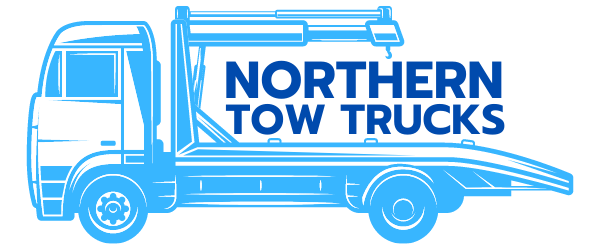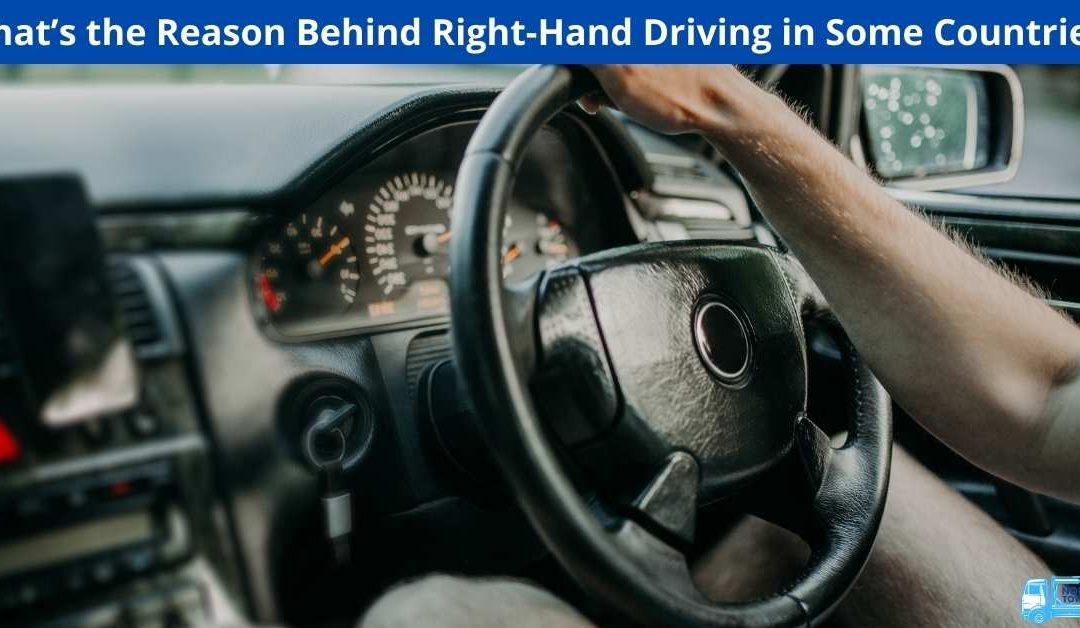It has always been a mystery why the world seemed to be divided when it comes to the location of their car’s steering wheel. Nowadays, it’s known as “right-hand driving”, where the steering wheel is placed on the right side of the car. “Left-hand driving”, on the other hand, is where the steering wheel is placed on the left side of the vehicle.
Typically, a right-hand drive vehicle drives on the “left side of the road“, or left-hand traffic (LHT). In normal conversation, it’ll be a car that “drives on the left.”
On the other hand, a left-hand drive vehicle drives on the “right side of the road“, or right-hand traffic (RHT). It will be a car that “drives on the right.”
Interestingly, the Philippines was once a left-hand driving country under American rule. After that, it changed to right-hand driving when it was colonized by Japan. And while our country went back to left-hand driving after the Japanese lost to the Philippines (with some help from the U.S.), there are still around 55 countries that still practice right-hand driving even today.
Reasons Why Right-Hand Driving Exists in Some Countries
Many countries that practice right-hand driving are former (or current) British colonies. And there’s a reason behind it. During English feudalism where knights or sword fighters were still in the norm, right-handed swordsmen would prefer to keep to the “left side of the road” for the following reasons:
- So they can easily use their right hand to wield their sword to an approaching opponent
- To avoid bumping into another’s scabbard, which is the thin cover of the sword that’s attached to a belt and placed on the left part the body
- To easily mount from the left side, and dismount from the right side of the horse
Napoleon started to enforce left-hand driving when he conquered European countries like Germany, Switzerland, Poland, and many others. Of course, his staunch opponents like Britain stubbornly refused to do so, and maintained their right-hand driving tradition. In fact, Britain enforced this rule in all its colonies, which is the reason why India and most of its African colonies still use right-hand driving even today.
The United States, on the other hand, wanted to escape its British roots, so went towards left-hand driving, instead.
Also, ten years after the U.S. colonized the Philippines, Henry Ford first produced his Model T vehicles and placed the steering wheel on the left side of the car. Once these rules were set, the U.S., and many countries like the Philippines, started practicing left-hand driving.
Still, there are some countries that want to maintain their right-hand driving tradition — particularly the U.K. Other countries that also practice it include:
- Thailand
- South Africa
- Singapore
- New Zealand
- Malta
- Malaysia
- Kenya
- Japan
- Jamaica
- Isle of Man
- Ireland
- India
- Hong Kong
- Cyprus
- Channel Islands
- Caribbean Islands
- Australia
Is It Forbidden to Drive a Right-Hand Car in the Philippines?
Yes. This rule is found in the Republic Act No. 8506, entitled “An act banning the registration and operation of vehicles with right-hand steering wheel in any private or public street, road or highway, providing penalties therefore and for other purposes.”
If you break this rule, you will be imprisoned for a period from two years, four months and one day, up to four years and two months, plus a fine of P50,000.
So there you have it. Right-hand drive cars are actually getting smaller these days, but still, there are some countries that are surprisingly switching to the “right”. The most recent one was Samoa, a former German colony. This move was a practical maneuver on their part, since they wanted to import cheap cars from Australia and New Zealand, which practice right-hand driving even today.
If you are in Docklands, Victoria 3008, and looking for an emergency tow truck service or roadside assistance Melbourne service, this is the best way to visit us.
Northern Tow Trucks
620 Canning St
Carlton North VIC 3054
(03) 7064 2500

